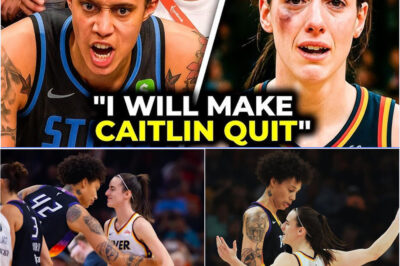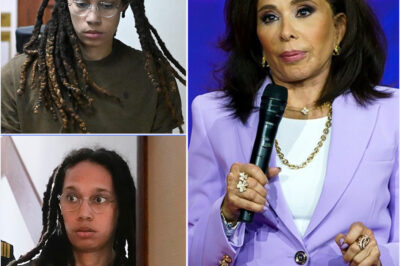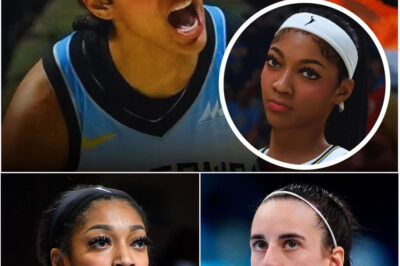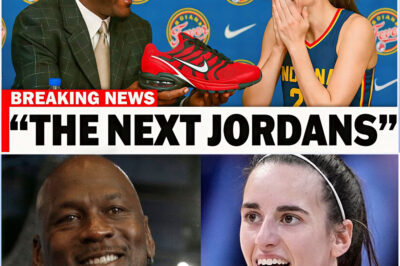Not Enemies—Just Different. How Caitlin Clark and Angel Reese Became a Battle the WNBA Never Asked For
:max_bytes(150000):strip_icc():focal(749x0:751x2)/angel-reese-caitlin-clark-tout-061724-43a7807127e54e8d8bc60cbbd248542a.jpg)
It started with a gesture.
A hand wave. A finger to a ring finger. A stare that lingered just one second too long.
And suddenly, two of the most electric women in sports weren’t just athletes anymore.
They were symbols. Foils. Opposites.
And in the eyes of the media? Rivals.
But maybe—just maybe—that was never the real story.
When Winning Becomes Personal
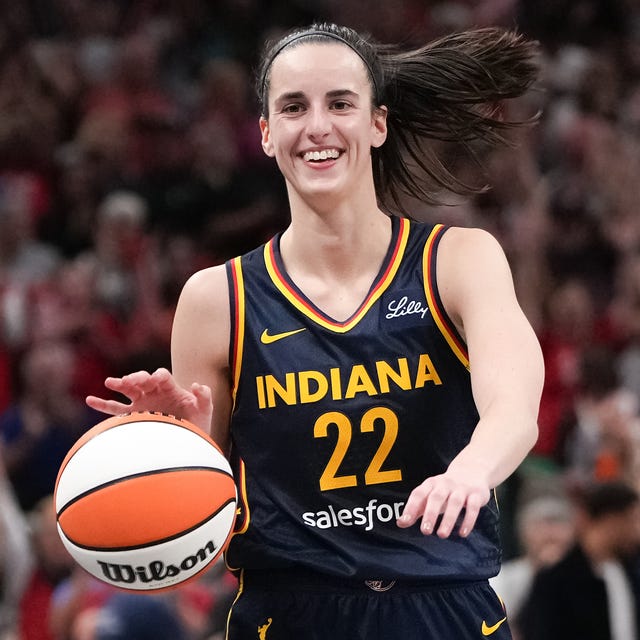
The 2023 NCAA Final Four changed everything.
Caitlin Clark had been torching defenses all tournament. Angel Reese and LSU shut it all down in the title game. And when Reese gave Clark a taste of her own swagger with the now-iconic “You can’t see me” gesture, the Internet imploded.
Some called Reese “classless.” Others said Clark “had it coming.”
But lost in the noise was this: two women were competing with passion—and both were punished for it.
Clark was labeled “cocky.” Reese, “aggressive.”
Different words. Same misogyny.
Two Women. One League. No Room for Nuance.

When both entered the WNBA in 2024, the narrative followed them like a shadow.
Clark was cast as the “face of the league.”
Reese was framed as the “attitude problem.”
And every time they stepped on the court, the cameras zoomed in—not for the basketball, but for the tension.
Were they going to fight? Ignore each other? Subtweet?
Spoiler: most of the time, they just played basketball.
And played it well.
But that didn’t stop the media—and even some league voices—from using them as shorthand for a deeper cultural battle.
Two Versions of Female Greatness
Caitlin Clark: poised, surgical, long-range brilliance.
Angel Reese: emotional, physical, fearless hustle.
Clark speaks through silence.
Reese speaks through fire.
They are not opposites. They are complements.
But in a world that still demands women athletes be digestible, marketable, “likable”—they became two extremes in a false dichotomy:
The good girl vs. the rebel. The poster child vs. the agitator.
What gets lost?
That both are necessary.
That women don’t have to be one version of strength to be respected.
When the System Benefits from Division
Let’s be honest: the WNBA profited from the rivalry.
More clicks. More views. More debates.
But behind the curtain, a more painful truth emerged.
Clark took more hits than most rookies should. Reese was called “ghetto” for wearing lashes and long nails.
Both were criticized for the same fire that gets male athletes applauded.
Michael Jordan once said, “I took that personally.”
We turned it into a meme.
Reese said it—and the world turned it into a problem.
Women Shouldn’t Have to Choose Between Fire and Grace
The beauty of this rivalry is that it shouldn’t be one.
We don’t have to choose between Angel and Caitlin.
We can have both. We need both.
The finesse of Clark. The force of Reese. The balance of quiet dominance and loud defiance.
They are not at war.
They are building the same empire—brick by brick, rebound by rebound, highlight by highlight.
And the system that tried to weaponize them against each other?
It’s slowly learning that women don’t play by those rules anymore.
Final Thought: The Real Rivalry Isn’t Between Clark and Reese. It’s Between What They Represent—and What Society Can’t Handle.
The truth is, Clark and Reese aren’t enemies.
They’re survivors of a media ecosystem that loves to pit women against each other.
And still, they show up. Every game. Every press conference. Every moment they’re needed.
They’re redefining what leadership looks like in sneakers and braids.
They’re breaking down what it means to be respected versus just liked.
They are competitors. They are icons. They are different.
But they are never divided.
News
Brittney Griner and WNBA Stars Just Sent Caitlin Clark a BRUTAL Message: “I Will Make Caitlin Quit”
The hardwood was supposed to echo only with sneakers and the roar of fans. Instead, what everyone remembers is a…
The Room Went Dead Silent: Jeanine Pirro’s Five Words About Brittney Griner That Shook Sports, Media, and the WNBA
The silence didn’t last long.But for the three seconds before the cameras cut, before the screen went to black, before…
Little Girl Leavitt, Don’t Dodge My Eyes! — Karoline Leavittt Publicly Mocked Colbert For Being Canceled. But His Counterpunch Left Her Completely Paralyzed… Live On Air! C3
She laughed too early. And the cameras caught it. Half a second. That’s all it took for the entire atmosphere…
Angel Reese Reportedly Furious After 2K Denies Her 99 Overall Rating – “They Play Because of Me Too. I Should Be the Best Player.”
In the world of sports gaming, few debates hit harder than player ratings. They’re not just numbers on a screen…
The House That Love Built: Caitlin Clark’s Parents Sold Their Home in Secret — and the Truth Behind Their Sacrifice Redefines Success
It began not with a buzzer-beater or a championship trophy, but with a simple piece of paper on a quiet…
“SHE THOUGHT IT WAS JUST ANOTHER PRESSER — UNTIL HE WALKED IN.” Michael Jordan Slides a $52 Million Envelope Across the Table, and Caitlin Clark Doesn’t Blink
The press conference wasn’t supposed to change the future of basketball. It was supposed to be routine. Another post-game presser…
End of content
No more pages to load

